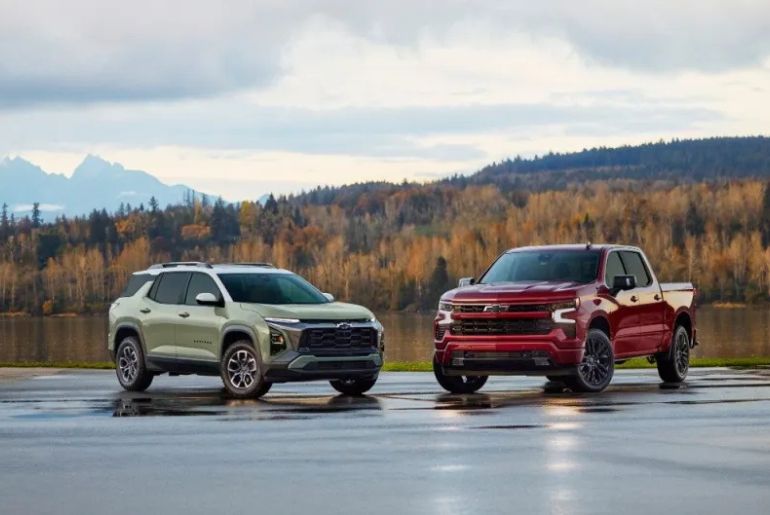In addition to announcing strategic initiatives to future-proof its business against changing global dynamics, General Motors (GM) today reported strong second-quarter 2025 earnings, highlighting robust demand across its portfolio, continued leadership in trucks and SUVs, and rapid gains in the electric vehicle (EV) sector.
Cadillac ranked #5 overall and #1 among luxury EVs in Q2, while Chevrolet jumped to the #2 EV brand in the U.S., according to a letter to shareholders written by GM Chair and CEO Mary Barra, who also highlighted the company’s momentum in the ICE and EV markets.
“There was basically just one participant in the EV sector five years ago. There are thirty today,” Barra wrote. “EV production is still our north star and will continue to be profitable in the long run, even with slower industry growth.”
EV Development and ICE Sturdiness
Through performance, design, and value, GM’s growing EV lineup—which includes the ultra-luxury, handcrafted Cadillac CELESTIQ and the more affordable Equinox EV—is attracting more customers. Despite fiercer competition, GM is still gaining traction across all of its brands.
In the meantime, there is still a high demand for GM’s ICE cars. Record demand and sales growth have been driven by full-size pickups, SUVs, and recently updated crossover SUVs, including the GMC Acadia, Buick Envista, and Chevrolet Trax. Margin has increased even more as a result of simplified product complexity.
Strategic U.S. Manufacturing Investments
In a major step to increase production flexibility and long-term profitability, GM announced $4 billion in new investments across its U.S. assembly facilities. The strategy will reduce tariff exposure and match output with local demand by adding 300,000 units of capacity per year for high-margin vehicles, such as trucks, SUVs, and crossovers.
With the opening of these two facilities in just 18 months, GM is anticipated to increase its yearly car production in the United States to more than 2 million units.
China, Software, and Profitability Focus
Among foreign automakers, GM claimed the largest increase in market share in China, where it achieved year-over-year growth for the second consecutive quarter. GM’s successful international repositioning is further supported by strong performance in the new energy vehicle (NEV) sector and positive equity income.
In terms of technology, GM’s transformation strategy continues to revolve around investments in software, autonomy, and battery technology, while platforms such as OnStar and Super Cruise are creating new value streams.
Barra emphasised GM’s commitment to long-term EV profitability while optimising its ICE offerings, even in the face of a cooling EV adoption curve. To outmanoeuvre volatility, the company still places a high priority on cash flow, scalable manufacturing, and American innovation.
Despite a changing automotive landscape, GM is still confident in its ability to strike a balance between profitability and innovation. The business seems to be well-positioned for the future as well as the roads that haven’t yet been constructed because of its strategic investments, strong brand, and varied propulsion portfolio.

